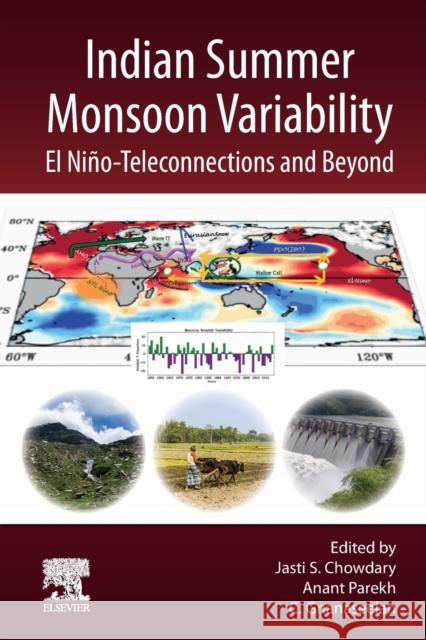Indian Summer Monsoon Variability: El Niño-Teleconnections and Beyond » książka
topmenu
Indian Summer Monsoon Variability: El Niño-Teleconnections and Beyond
ISBN-13: 9780128224021 / Angielski / Miękka / 2021 / 496 str.
Kategorie:
Kategorie BISAC:
Wydawca:
Elsevier
Język:
Angielski
ISBN-13:
9780128224021
Rok wydania:
2021
Ilość stron:
496
Waga:
0.65 kg
Wymiary:
22.91 x 15.19 x 2.54
Oprawa:
Miękka
Wolumenów:
01
Dodatkowe informacje:
Wydanie ilustrowane











